In recent years, steel frame houses have become a popular choice among Australian homeowners thanks to their superior performance compared to other materials. However, steel frame construction still comes with certain downsides that many people are rarely warned about. Join us as we uncover the hidden issues and common concerns about steel frame homes, helping you make the smartest decision for your next build.
Why is Steel Frame House Popular in Australia?
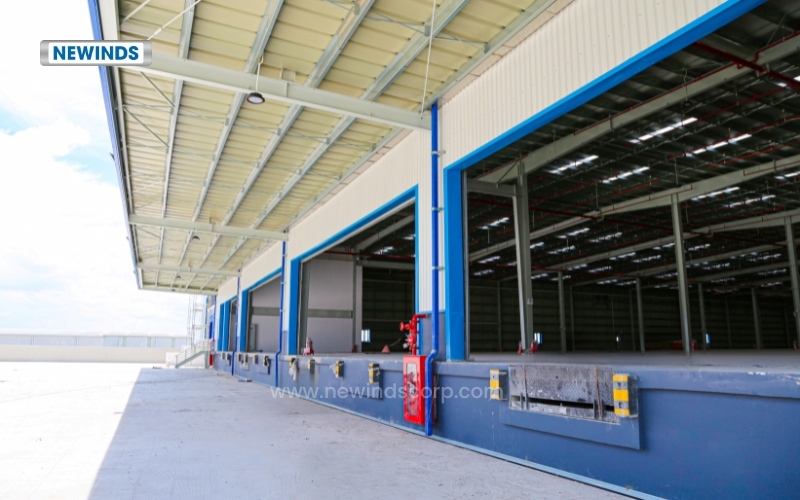
With harsh weather conditions such as extreme heat, strong winds, and frequent bushfires, steel frame houses have quickly become popular in Australia thanks to the advantages they offer both homeowners and builders. Some of the key benefits of steel structure include:
- Strength and Durability: Steel frame homes provide a solid and stable foundation that doesn’t warp, shrink, or crack over time.
- Termite and Pest Resistance: Steel naturally protects against termites and other harmful insects.
- Faster Construction Time: Steel framing components are CNC-cut and pre-shaped by steel frame suppliers with millimetre precision, allowing for clean, quick installation and shorter build times.
- Environmentally Friendly: Steel is fully recyclable and can be reused for other applications while maintaining its superior strength compared to alternative materials.
- Low Long-Term Maintenance Cost: Steel frame houses require little to no maintenance over the decades, significantly reducing repair expenses.
Key Disadvantages of Steel Frame Houses
While steel frame houses offer a range of impressive advantages, they also come with certain disadvantages that are rarely discussed. Understanding these potential issues can help you avoid future risks and make more confident building decisions.
- Poor Thermal Performance – High Heat Transfer
One of the most common issues with steel framing lies in its high thermal conductivity. Steel transfers heat up many times faster than timber, which can make homes colder in winter and hotter in summer if insulation is not properly designed. This can result in increased reliance on air conditioning and heating systems, driving up long-term energy costs. To improve thermal performance, you should invest in high-quality insulation materials and include thermal breaks between steel members and wall panels.
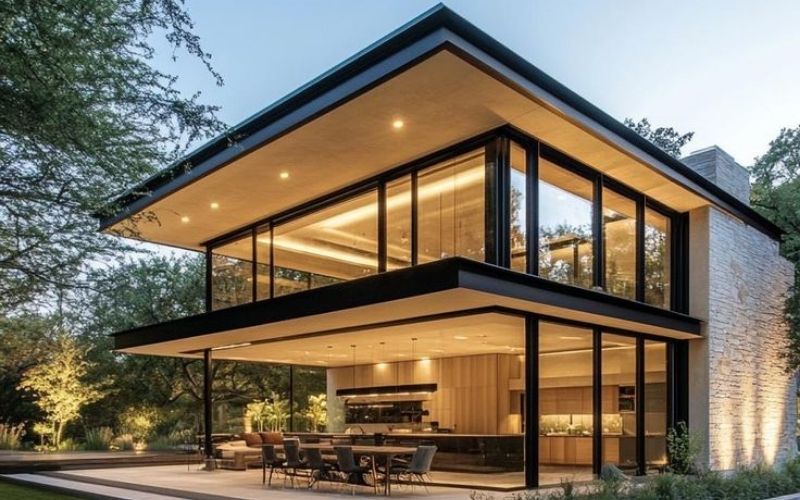
- Risk of Corrosion in Coastal Areas
Steel frame houses located in coastal or humid environments are more exposed to salt and moisture in the air, which can accelerate corrosion over time. Sudden temperature changes can also cause condensation inside steel wall cavities, trapping moisture and leading to mold growth and internal damage if not properly ventilated. To prevent this, it’s essential to use galvanised or stainless steel. Regular inspection and maintenance can also help extend the structure’s lifespan under harsh climate conditions.
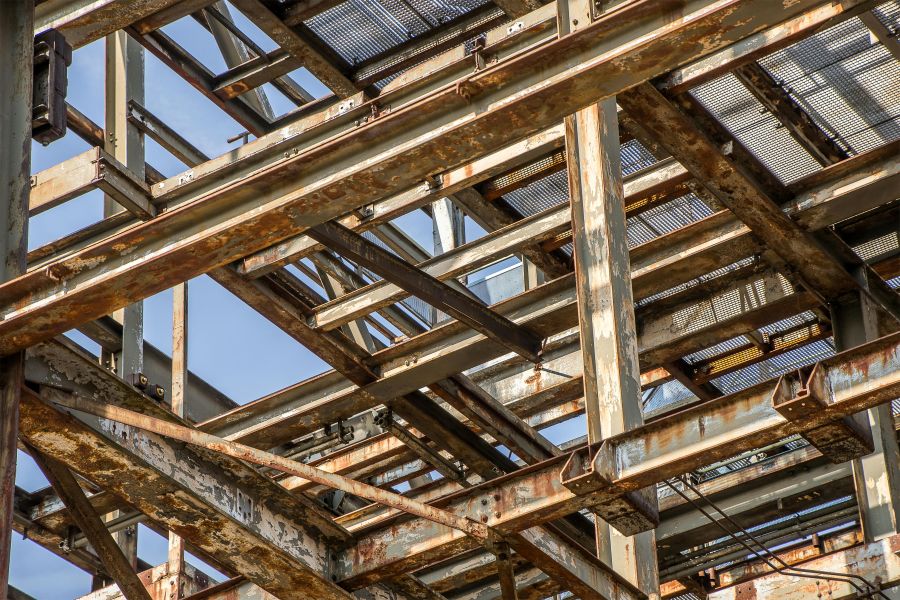
- Low Fire Resistance
Although steel is non-combustible, it loses strength when exposed to extreme heat. During intense fires, the temperature can cause steel members to deform, reducing the building’s structural integrity faster than reinforced concrete. To improve safety, builders often apply fire-resistant coatings or intumescent paint that delays heat transfer and maintains the frame’s strength for a longer duration during emergencies.
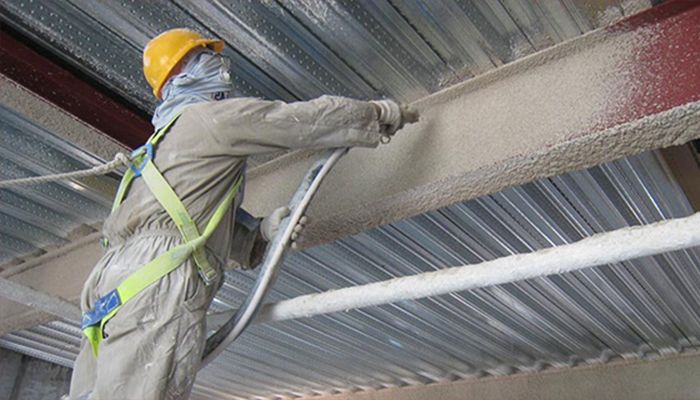
- High Initial Costs
Compared to timber, steel generally involves higher initial costs. Fabrication, transportation, and installation require precise machinery and skilled labor. Builders must have technical experience to work efficiently with pre-engineered steel components. Mistakes or misalignment during assembly can be costly to fix and may extend construction timelines. While these costs are offset by long-term durability, they can be a deterrent for projects with limited budgets, especially as steel building prices continue to vary depending on design complexity and material quality. Moreover, steel frame homes require regular inspections and maintenance to detect early signs of corrosion or rust, ensuring the structure remains safe and long-lasting over time.
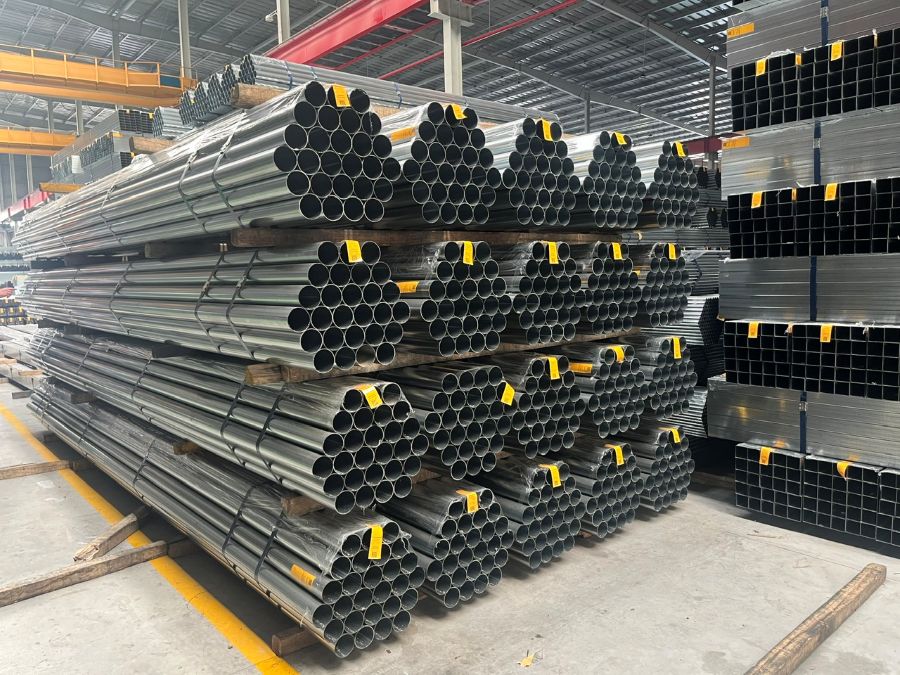
- Limited During Construction
Because steel framing is pre-cut and manufactured to exact specifications, it leaves little room for on-site adjustments. Any last-minute design changes, such as altering wall dimensions or repositioning openings, typically require new components to be fabricated. This lack of flexibility can cause project delays and additional costs, making precise planning essential before production begins. To minimise these risks, you should finalise their designs early and work with experienced, reputable steel frame suppliers to ensure accuracy and avoid costly errors.

How Newinds Helps You Build Better with Steel Frame Homes
Although steel frame construction offers exceptional strength and precision, it can still pose potential risks in the long run if errors occur during the design or fabrication process. With years of experience in metal fabrication across Australia, our team delivers custom steel frame fabrication solutions that meet high standards of performance, durability, and longevity.
As one of the trusted steel frame suppliers, Newinds goes beyond production — we provide practical advice on design, installation, and material selection to help you minimize common issues such as corrosion, condensation, and poor insulation. Every project we handle undergoes strict quality control and complies with Australian building standards, ensuring that each product performs reliably and sustainably once installed on-site.
FAQ
- How long will a steel framed building last?
Over 100 years. If it’s properly protected against corrosion and moisture.
- Is a steel structure house better than wood?
Not always. Steel is more durable and resistant to termites and harsh weather, but timber provides better natural insulation and is easier to repair or modify on-site.
- Do metal framed homes get hot?
Yes. Steel conducts heat faster than common building materials, so a steel frame house can feel hotter in summer and colder in winter if not properly insulated.
- Are steel frame houses noisy?
Yes, they can be. Steel tends to transmit sound and vibration more easily than wood if acoustic insulation is not installed.
- Is steel framing expensive to build?
Yes, Steel frame houses usually cost more to build than timber ones because of fabrication, transport, and skilled labour. However, the long lifespan and low maintenance of steel often make up for the higher upfront cost over time.
If you’re looking for a high-quality steel frame house manufacturer with deep industry expertise and competitive pricing, we would be delighted to explore how we can fulfill your needs.
Contact Newinds today to discuss your requirements
- Email: sales@newindscorp.com
- Phone/Whatsapp: +84 868 482 038